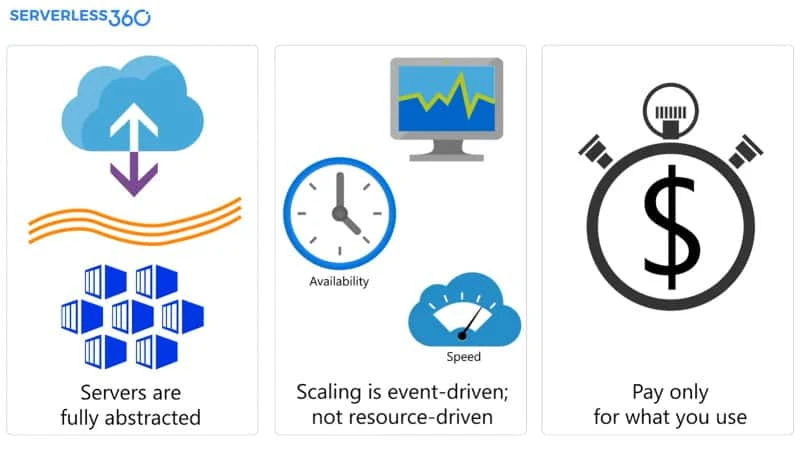Top 6 Distributed tracing tools
Implementing distributed tracing allows anyone to see and understand how their system works, visualize the request flow, and rapidly fix issues.- Article authored by Kunal Chowdhury on .
Implementing distributed tracing allows anyone to see and understand how their system works, visualize the request flow, and rapidly fix issues.- Article authored by Kunal Chowdhury on .
The massive shift from monolithic to microservices architecture has caused a considerable demand for distributed tracing. Traditional monitoring tools were designed for monolithic applications, so they primarily provide insights into application performance rather than how a request flows through the application.
However, if you are working with a microservices architecture, it is crucial to track every user request and the path of the request flow across multiple applications.

That is where distributed tracing proves to help achieve end-to-end visibility for solutions built on top of microservices architectures. Here is an analysis of the top 6 distributed tracing tools available in the market:
`
Turbo360 is an enterprise cloud management tool used for distributed tracing on Azure or hybrid applications. It traces the request flowing through multiple services of your application, captures the necessary properties at each stage, and distinguishes itself from other tracing tools by providing a unified view of how the user requests are performing at different systems.
Furthermore, Security is never an issue with Turbo360 BAM because the tracked data and the message details will be stored either in Azure SQL Database or Blob Storage and not in the platform (Turbo360).
You can either try out the 15-day free trial or book a demo!
The Application Map feature makes App Insights partially suitable for distributed tracing, helping to track dependencies across multiple app components and backend services in a microservices environment. But it isn't easy to track the entire message flow across the distributed services, which gave rise to a plethora of third-party distributed tracing tools for Azure applications.
SigNoZ is an open-source tool that offers a unified UI for investigating metrics (latency, error rate, request per second) and traces, unlike other open-source distributed tools that only come with tracing features. Its ability to aggregate traces based on custom tags is one of its most impressive features, which, in turn, assists in the quick analysis and identifying critical issues.
Since applications are built with many related services, tracking requests across the complex system to identify the service slowing down an application is quite tedious. It is an exact pain point that Site 24x7 is trying to solve with its support for distributed tracing.
New Relic provides many features needed to capture, visualize, and analyze the traces of transactions that flow through complex architectures, whether monolithic or microservices. Furthermore, the platform presents different types of tracing - Standard distributed tracing & infinite tracing.
It facilitates telemetry tracing from any source, including open-source tools and standards such as OpenTelemetry, OpenCensus, and Istio.
Lightstep is a distributed tracing tool that aims to simplify the distributed system and microservice monitoring. It provides end-to-end visibility of the transaction flow and a wide range of metrics that describe performance behaviors to aid in the root-cause analysis process.
Implementing distributed tracing allows anyone to see and understand how their system works, visualize the request flow, and rapidly find and fix critical issues.
If your application is built on top of Microservices architectures, then distributed tracing is inevitable. So, I hope this summary of the top distributed tracing tools assists you in determining the best fit for your business.
Thank you for visiting our website!
We value your engagement and would love to hear your thoughts. Don't forget to leave a comment below to share your feedback, opinions, or questions.
We believe in fostering an interactive and inclusive community, and your comments play a crucial role in creating that environment.